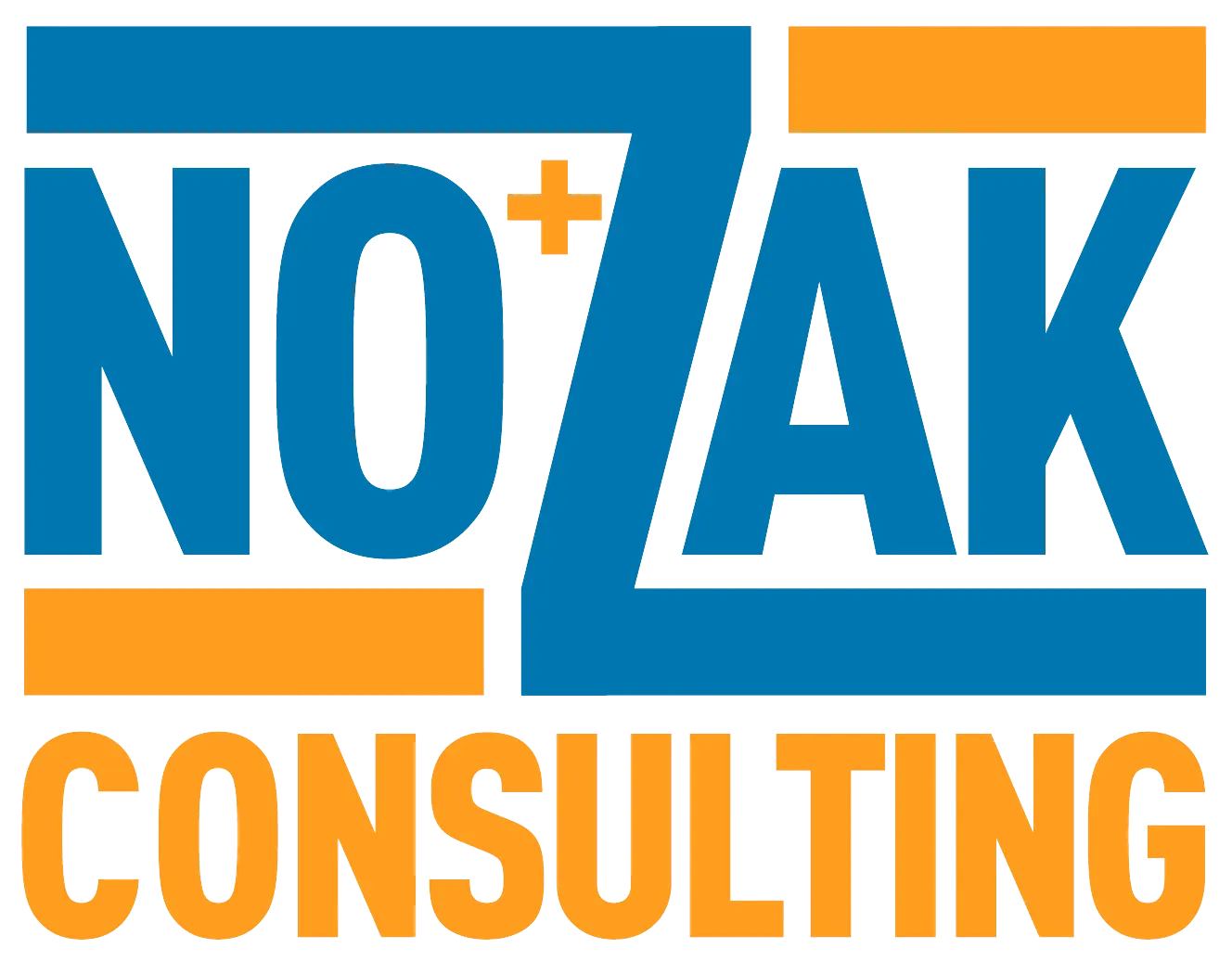Who Benefits From Local SEO?
In the case of determining which strategy is more effective for a business, the type of business is important. Depending on what industry a business is in, they may be automatically sorted to the local algorithm. This is because Google understands that certain businesses operate in the local space.
Businesses like restaurants, bars, clubs, entertainment venues, and skilled trades are mainly localized, just to name a few. Other indicators include businesses that have physical locations, rely on brick and mortar stores, and those that deal in products that aren’t shipped.
In order to learn if a business needs local or traditional SEO, a quick Google search can give you quite a bit of insight. Use a keyword phrase associated with the business in question, and see what results pop up. If you get a map pack, or a local map with three business options, the business needs local SEO.
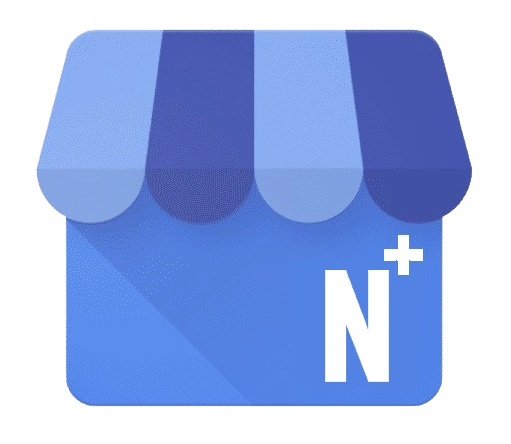

Local SEO vs Traditional SEO
Traditional SEO is a great place to start for any business that wants to establish expertise-authority-trust and needs more visibility. The truth for many businesses is that if they are local and have a small purchase radius Google Business Profile, Facebook/Instagram, and some ads could really make a huge impact on cashflow, positively. In the case of multi units, both local and traditional SEO should be the focus. Regional footprint, national, international all would focus on traditional SEO strategies. In the example of ranking in proximity to searchers, this would take the form of localized content, geo-modified content, or area specific information housed on the website.
Local SEO Ranking Factors
There are two categories that local SEO focuses on the most. The first is the map pack, which is the local area often with three locations marked. The second is the local listing page, which appears under the map pack if “show more” is clicked. This may sound straightforward, but local SEO is complex.
Business Type Matters
Local SEO is a process that is constantly being tested and refined. Tactics that work for one business type, don’t work for another business type. For instance, a plumber will have much different ranking factors and on page cues than an accident lawyer. Those factors can also change based on location.
Location Matters
With local SEO the marketplace that the businesses inhabit is important. The more businesses that are in a market area, the more focused the map pack and organic results will be. Appealing to consumers in these areas is also different. For instance, a car dealer in Los Angeles, California would need to be different than one in Wichita, Kansas.

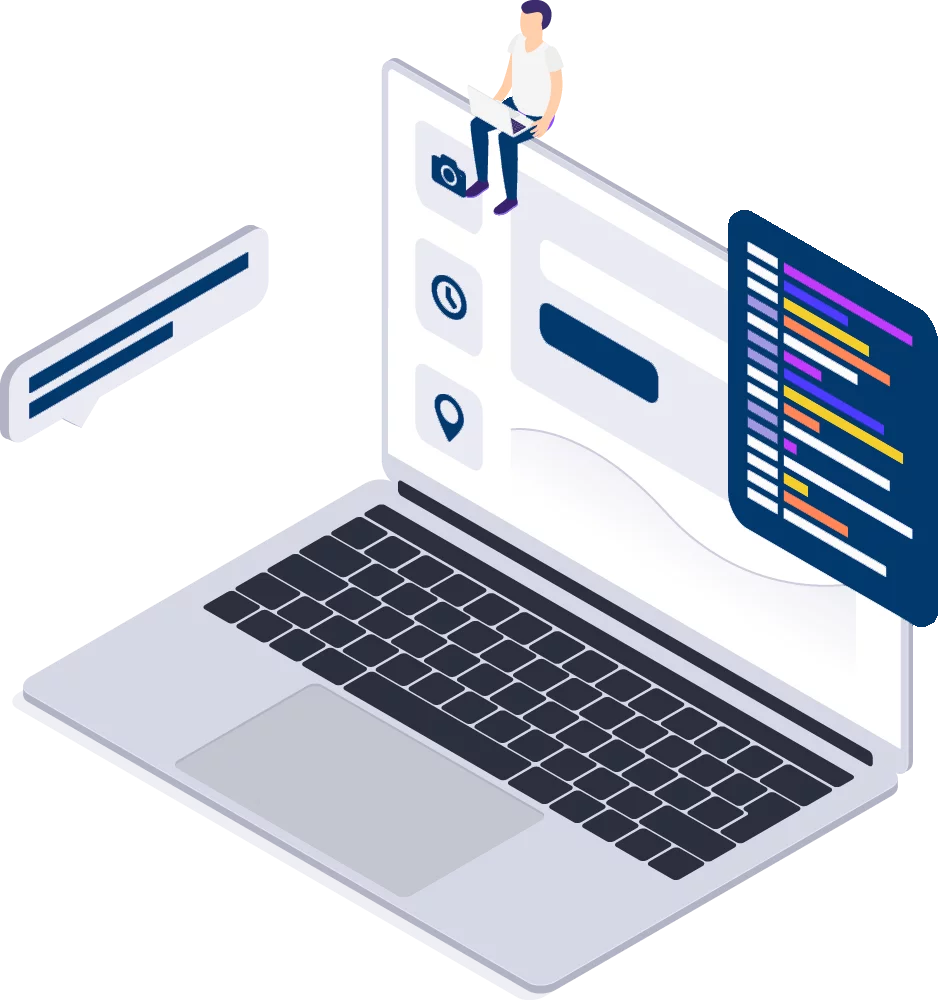
Technical SEO – Schema
Technical SEO is important for local SEO as well. The importance of technical SEO is expressed in the value of schema. This is the technical term for how the website is coded and how it informs the algorithm about what the information on the website means, not just what it says. Nothing improves the local rankings like a GNB that matches socials, a specific page dedicated to that location, and business schema markup house on the website or in a container. For one location businesses, that page is usually the homepage. For multi units and franchises it could be a location page.
NAPWCH Information
The value of having NAPWCH information on a website can’t be overstated. NAPWCH stands for name, address, phone number, website, category, and hours. This information is critical to local SEO, as it is considered highly useful information by the Google algorithm for searchers.
Localized Content
Localized content doesn’t mean unique content. There is a difference. Although we like to err on the side of unique content even on localized pages there are many examples showing that a unique slug with a geo-modifier in “templated content” backed by a GBP and directories can still win in local SERPs with ease. If Google changes this over time, many franchise websites will need to buy $100,000s of dollars in content – so watch for that.
For local SEO, the goal is not to have the best content in the world, it is to have the best content in a local geographical area.
One way to further localize content is to reference specifics about the area. These can come in the form of landmarks, local events, or even other businesses in the area. Sprinkling in local terminology and identifiers will inform the algorithm about the location and importance of a business.
Keyword phrases are essential in making localized content. There should be a page on the business’s website about each keyword concept, not just focused on the keyword itself. This means if a local keyword phrase is “unclogging toilets in TOWNNAME,” a page should exist on the website about unclogging toilets in TOWNNAME.
With local content, make sure to remain conversational in tone. One great way to do this is to read it out loud as if you were having a real conversation. This can help you avoid stilted or problematic phrases and repetition.
Localized content doesn’t mean stuffed with keyword phrases or geolocation data. Do not repeat the same keyword over and over, and do not put city and state again and again. Make sure that both keyword phrases and geolocation are used only when appropriate.
Map Pack Ranking Factors
The map pack refers to the results that show up under a local map on the search results page. This area often shows the top three matches and offers access to the websites, hours, and phone numbers of these businesses. A key component of local SEO is ranking on the map pack.
What the algorithm looks for in ranking map pack results in order of importance:
- GBP
- Reviews
- On page signals
- Links
- Behavioral signals
- Citations
- Personalization
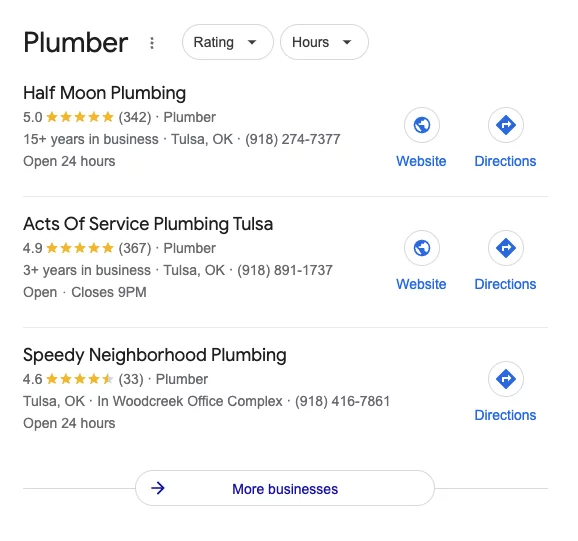
Local Organic Results Ranking Factors
Underneath the map pack is where the local organic results will show up. This area is very popular among people searching for businesses and services near their location. In addition to showing a business name and website link, it will also highlight their location on the map.
Here is what the algorithm looks for in order of importance for a local organic result:
- On page signals
- Links
- Behavioral signals
- Citations
- Personalization
- GBP
- Reviews
Breaking Down Ranking Factors
Now that the factors for rankings are listed, what are those factors and what do they mean? Let’s take a look at each one of the factors so that it can be understood in a broad sense. Optimization of these factors is also critical, but first the concepts need to be understood.
GBP – Proximity
Unlike with traditional SEO, to score high on a map pack result location is vital. The proximity of the searcher to your business is the largest single metric that the algorithm looks at. This is controlled by having an accurate and optimized Google Business Page. Make sure you get your hours right too. Proximity in location and proximity to open could also affect those results.
Reviews
To rate high in the map pack, local reviews are essential. What customers are saying about your business and how many stars they rank your service will be a major consideration. The happier customers are, the more important that business becomes to the Google algorithm. Remember it’s not about a review dump, but a trickle. Also, the algorithm can also use the response in understanding your strengths, so always respond with more than just “thank you” when possible. And if you have to respond to a negative review, this isn’t the place to post your defense. Making people feel heard and valued is the most important piece, which will also eliminate most bad reviews in the first place.
On Page Signals
On page signals represent an aggregate of website content, keyword usage, and related information. This is why having a page about each keyword concept is important. This is also where technical SEO elements are ranked.
Links
As with all SEO, links are important, but with local SEO they are rated different. It matters less about your link graph and more about local links. Having local links will help your site rank higher and give it a better chance of getting on the map pack results.
Behavioral Signals
These are traditional metrics that rank how users interact with a website. Critical factors such as click-through rates and time on page are all accounted for. The better the behavioral signals, the more weight the algorithm will give to a page.
Citations
The more a website is mentioned the more important that website is judged to be by the algorithm. Generally speaking, a citation is any time a business has their NAP information appear in short or long-form off site. Traditionally called directories.
Personalization
The Google algorithm doesn’t focus on personalization as much as it once did. This signal includes items like location compared to the searcher and products or services offered and how they relate to the searcher.
Staying Ahead of the Curve
In order to stay ahead of the competition, understanding these concepts and how they may change in their importance is important. What is also important is the value placed by the algorithm on each of these factors. No one knows with 100% certainty what the algorithm looks for today or tomorrow, but top professionals are queried every year for their take.
This information is then aggregated into two pie graphs. One of these graphs represents map pack factors and how they are weighted for results. The other represents local organic results and how these factors are weighed for searches.
This data set is brought together in what is known as the Annual Local Search Ranking Factors. Otherwise known as LSRF, this is a great tool for understanding how local SEO works with the current algorithm and also how it works in each metropolitan area and within each industry vertical. You can check a lot of this research out on many SEO sites, just Google LSRF.
Optimization for Local SEO
Now that the ranking factors have been discussed, a key to getting ahead is optimizing those factors. How can a business stand out from the crowd and what appeals to the local algorithm for both map pack placement and also organic result placement? Let’s take a deeper look.
What areas can and should be optimized for local SEO?
- Title Tag
- H1 Header
- Image Alt Text
- Content
- Meta Description
- URLs
- Links
- Blog Content
- Citations
- Reviews
- GBP
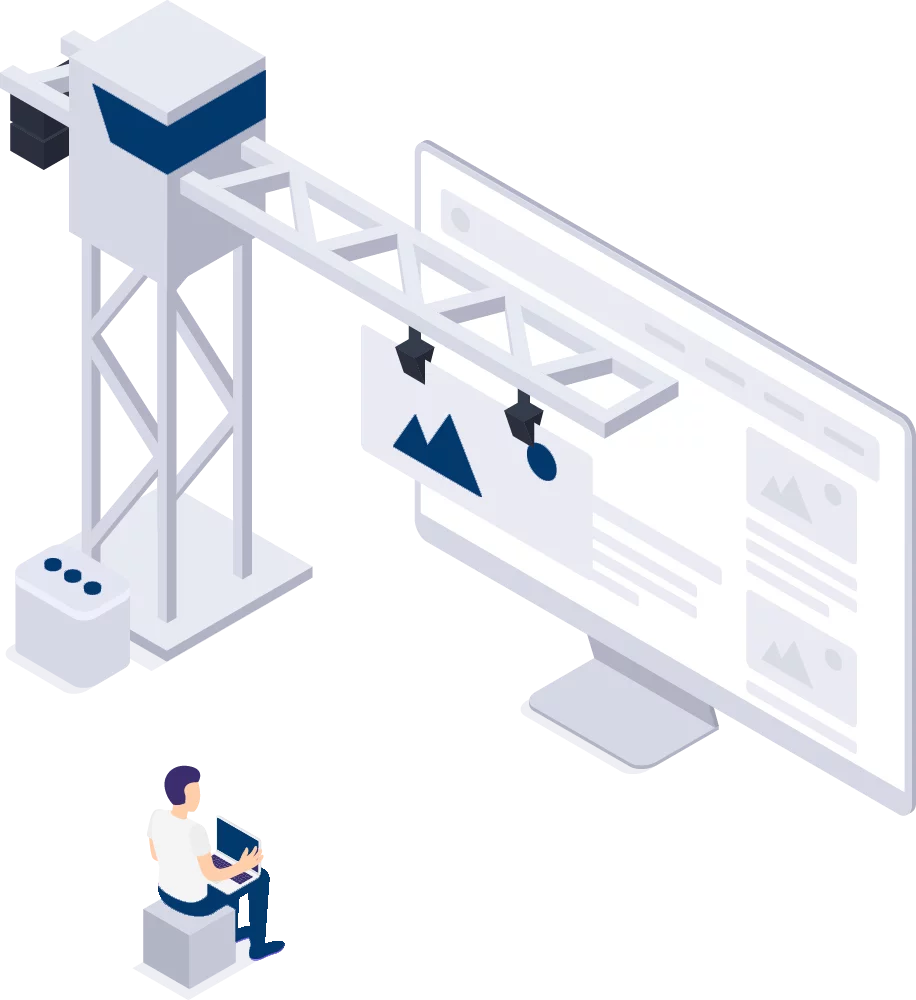
Title Tag
The title tag is the most important thing to optimize, it’s what everyone will see. A business should have the name of the business, the keyword phrase targeted, and the location keyword phrase. Location keyword phrases in the United State are city name and state abbreviation. Consider this page on Stanley Steemer for an individual location page https://www.stanleysteemer.com/location-details/Tulsa-OK/572: Title Tag: Tulsa Stanley Steemer | Carpet, Air Duct & More Cleaning Services
Wouldn’t you think it would be Tulsa Carpet Cleaning | Stanley Steemer? Very likely, Google knows Stanley Steemer means carpet cleaning so they can list their name in position one as an interchangeable phrase.
The fact that they list more services for this page in position 2 versus just carpet cleaning shows you that the geo-modified service page (Tulsa Stanley Steemer) is also the place they believe Google will serve the most. The majority of their hits may be Tulsa Stanley Steemer or possibly Tulsa carpet cleaning – and in that one moment in the SERP they want potential clients to know they also provide air duct and other services. This is great salesmanship, but not a great match for user intent purposes. You can only assume they look at the data and have beta tested just Carpet Cleaning. Why I think they are doing the right thing, even though I wouldn’t recommend this in most cases, is because their name is basically a synonym with carpet cleaning.
They have built their brand almost to the point when someone says their name, the mind immediately thinks carpet cleaning. More than anything, you can learn how the rules can be bent when you have this much brand recognition.
Remember this, when a company’s name has branded terms with this much magnitude, many other SEO rules can be broken.
H1 Header
The first header on each webpage needs to be an H1 header. For other headers in the content use H2 and H3 headers. This helps to keep the content organized and easy to digest, something the algorithm judges and adds weight for. Can the algorithms get around small missteps with headings, double headings, or 2 H1s on a page? Sure. But why not stick within the mousetrap that those before us have utilized and perfected. In most cases, use 1 H1 per page! Consider the H1 for the top pest control company https://www.orkin.com/: TheOrkin Pros.The best inTermites. If you look at their webpage they are using a transition where termites flips out with all the other bugs, but in the actual data you see termites as the H1.
What do I think when I see an H1 like this? Someone is making a big SEO oversight for the sake of automation or the fact that they chose termites to be the poster child for their H1 tells us where the money, repeat business, and SEO goldmine lie when growing a pest control company.
You would think they would allow their termite page to go at this term and they would use the home page to target pest control or some generic term. The fact that they use termite makes you think 1. the algorithm will put it together that this is a pest control company. 2. the pest control company terms will likely be dominated by location pages & the GMBs 3. Someone forgot to check the automation they are using and didn’t realize just termites were showing up as the mentioned pest in the homepage H1.
Alt Image Text
In the early days of online search engines, there was no way for a crawler algorithm to understand what a picture was. With the advent of machine learning, that isn’t the case any longer. Despite the fact that the algorithm can more and more figure out a picture, the alt image text is still important.
Alt image text is a short explanation of what a picture is. There should be images listed with a keyword phrase they associate to, as well as a locational keyword phrase. This will help weigh the page higher when it comes to search engine results.
Content
As long as the content is well written and conversational there isn’t much optimization that can be done. Remember that the content must be specific to the location of the business if local SEO is objective. With content what matters most is having the best answer to the keyword phrase in the local area, not on the entire internet.
Meta Descriptions
Meta descriptions should be concise and to the point, describing the content on each page. They should include keyword phrases, which is another reason why it is good to have conceptual pages based on each keyword. Make sure to include location keyword phrases in the meta descriptions as well.
The meta description can be looked at as extra ad space. Since it is what explains the content of the page, viewers will often see it first, underneath the link to a page. This gives you the chance to draw in viewers and potential customers.
URLs
URLs are something that most people don’t think about. They are set when the page is built, and they don’t change often. You should customize your URLs so that they are more specific and not generalized. Make sure they say where they are going, in an easy-to-understand way.
When a URL is changed, remember that any links connected to it will have to be changed as well. Otherwise, they will become dead links, and no one wants to land on a 404. URLs can also have location keyword phrases in them, denoting the physical location associated with that URL.
Links
Don’t be a purposeless sieve leaking good SEO juice across your entire city. But do share the love when it makes sense by linking to businesses in the area. Local inbound and outbound links are good. Don’t link to https, don’t link to something just because – think strategically and if the link might bring additional value to your users (because they may end up leaving your website) then add it.
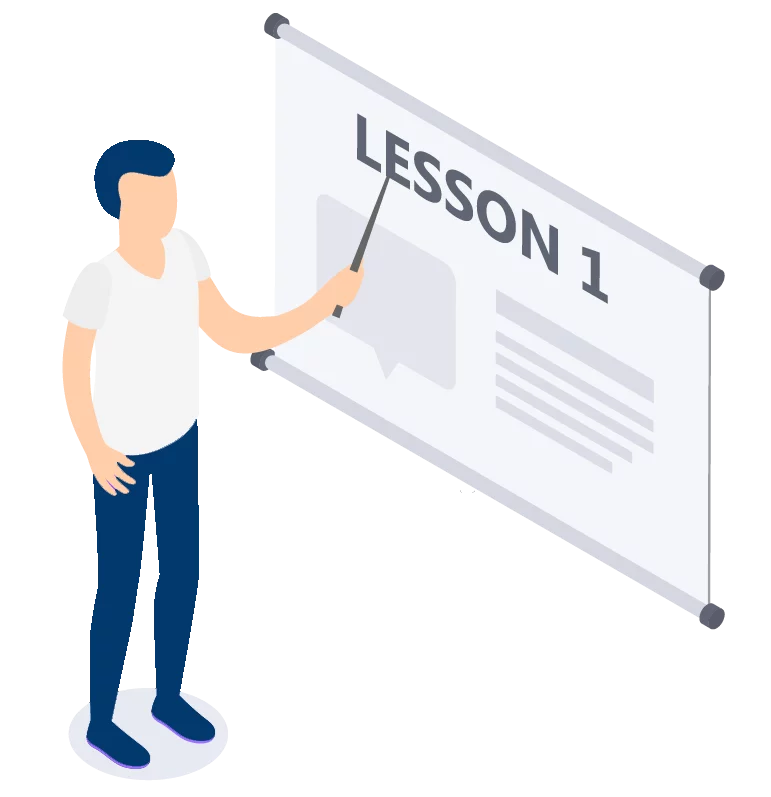
A Blog
No website should be without a blog, and if you use WordPress, one is provided for free. One way or the other, make sure to use the blog to its fullest advantage. This can be done by putting content on the blog that is local in nature. The blog is not where sales or sales-related articles should go.
A blog should have as many connections to the local area as possible. Cover local events, both leading up to them and recaps afterward. Cover local hotspots, the new and happening bars, clubs or restaurants. Don’t worry about competitors, simply cover information in the local area as fully as possible.
A blog is also a chance to personalize and relate to customers. It isn’t a place to sell them products or services, that is what the main web pages are for. A blog is a place to exchange information, grow interest in the local area and connect a business to a place. This is a cornerstone of local SEO.
Citations
Consider a citation to be an online ID for a business or company. Every webpage should be optimized to show the NAP of the business. This is the name, address, and phone number, and each web page can have it displayed in the corner, above or below the content.
There are two types of citations, structured and unstructured. Structured citations come from the company name, address, and phone number presented together. This can be seen on primary aggregators like Foursquare or Data Axle.
Unstructured citations have the NAP information included, but not in short form. It could be an article or a guest post, where the name, address and phone number of a business is listed but throughout the course of the article.
The best citations are consistent, with the information being the same in each citation. If the information changes, it can confuse the algorithm and make it difficult to rank. While citations are very important for the map pack, consider them more foundational than weighted for organic search results.
Reviews
Google local algorithm focuses on entity-based data, and that is exactly what reviews are. When a person begins searching for a service or product, they often will first check the reviews of the businesses that show up in that search. Never fake reviews, that could lead to removal from Google.
Pay attention to all reviews and make it easy for customers to leave reviews. This can be done by setting up a review page on the website. Use links to provide access to review sites such as Yelp! Or other industry specific websites. Focus on sites that provide data to Apple Maps as well, in the United States, that is Yelp!.
Personalize responses to bad reviews, don’t be afraid of them. Having a less than perfect score is preferred by most customers. It makes the business seem real and not fake, and they will want to see the response to each bad review. Be honest, forthright and personal in the response, admit if something was wrong and fix the problem.
Thank customers for good reviews and make sure to respond to all the reviews. The quicker the response, the more focused on customers the business will appear to be. Don’t worry about bad reviews, focus on providing good service and ask happy customers to leave a review. Personal interaction is the best way to get more positive reviews if you need them and stem potential bad reviews.
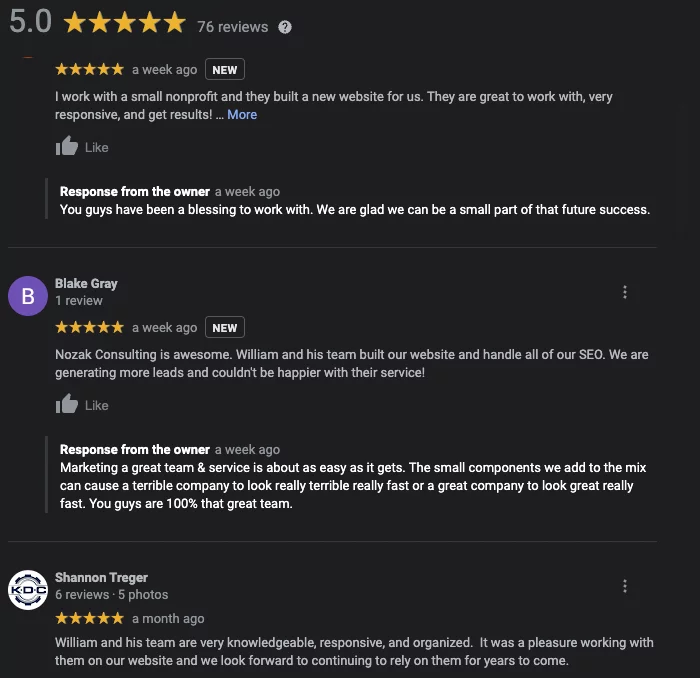
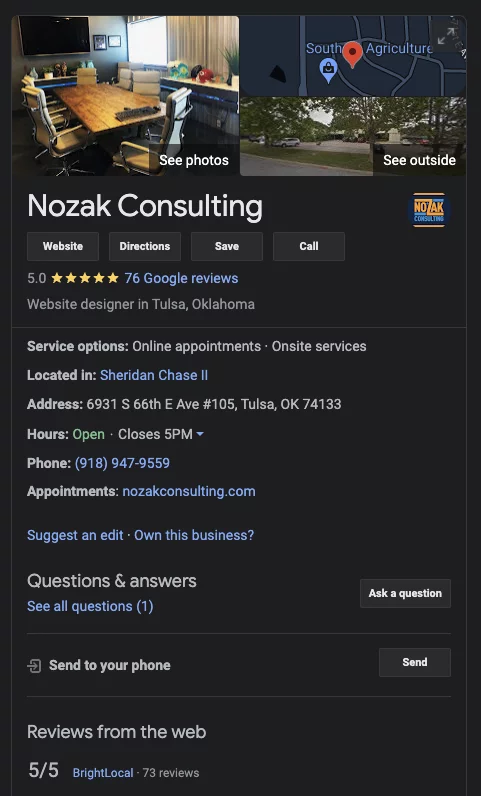
Google Business Profile – GBP
The GBP is incredibly important, for local purposes it operates much like a homepage of a website would. It displays all the pertinent information that customers used to have to go to a website to find. This includes, address, phone number, business name, location, hours of operation, reviews and even pictures.
The GBP information shows up on the right side if the company is displayed in the map pack, or on the local finder page. If a person is browsing businesses in the area, and they click on the business indicator, it will direct them to the GBP. This will be the first thing most customers see about a business.
To make sure and claim your location, go to google.com/business and you can sign in and begin. If your spot is already claimed you can request ownership through Google, but make sure no employees or former employees claimed it with their google ID by accident or trying to help out.
The most important thing about your Google Business Profile is that all the information is correct. Double check everything, make sure it is recent, and keep it up to date. Do not use your business name as a potential spot for keyword stuffing, that can get you delisted.
It is possible to even upload small, 30-second commercials or 75MB of data to the GBP. Make sure to take a lot of pictures, and having professional pictures taken at high resolution is good too. The better the image, and the more frequently they are posted, the higher your GBP will rank.
Key Features to Use
A key feature to use inside of your Google Business Profile is the Google Business Post. This allows you to put a post up that will be at the bottom of the GBP page on desktop searches or in the post link on mobile. If you need to post to multiple profiles use a program like https://www.sendible.com/.
The business post gives you the option to use templates. Use the appropriate template and make sure that you have a good thumbnail. This will draw viewers and customers to your business. Make sure the cropping on the thumbnail works for both mobile and desktop, there are slight differences.
This is a feature that is rarely used, so doing so will put you ahead of the competition. No fluff on these posts, the space is limited. Make sure you use this space for promotional materials, deals or to sell your business to potential customers. There is a Call to Action or CTA Button that you should always use as well.
Be careful not to ignore the questions and answer section. The Q&A section allows anyone to ask and answer questions. It’s not in the manager or dashboard, it is a community discussion feature. If a question gets upvoted, it will appear in the GBP panel.
The answer with the most upvotes will appear as an answer to that question. A business can ask its own questions, so use common questions that customers ask on a regular basis. The business can then answer that question as well. You’ll stand out the better your questions and answers are.
You can use employees, friends or family to upvote your answers. This is only necessary if another answer gets upvoted more than yours. Take the generation of your Q&A list very seriously.
A Few Side Notes
If you have an address listed but are a service area business, it won’t display the service area you input. You will have to remove your address in order for the service area to be displayed. This is important to professions like plumbers and electricians who do most of their work at customer locations.
Another thing to note is that if you are using a tracking number and have multiple locations, make sure to use your primary business number for the GBP. You want citations to be consistent, so put in an alternate number for each individual location page. If this is a call tracking number, make sure it is primary and listed on the GBP.
Other Signals for Local Visibility
Now that we’ve gone over all of the large factors that go into ranking higher in local visibility for searches on Google. That doesn’t mean these are the only factors, in fact there are some that don’t carry much weight, but should still be understood and optimized.
How someone interacts with the GBP, and the more people that do it are behavioral signals. Any interaction is an engagement that is tracked by Google. Location check-ins are also behavioral check-ins. Google tracking is also always on, which is why they know when you are busy.
Behavioral signals are often based on real-life interactions. Things like click-through rates have some impact, but most experts believe that impact is very small.
Personalization is not a very heavy signal. It was once far more important than it is right now. In fact, there is good reason to believe that behavioral signals will continue to become more important, and personalization signals will continue to become less important.
Local SEO and Business
In the end, a lot of the variables come down to how well a business operates and how much attention it pays to its customers. Making sure customers are happy is the best way to improve many of the most vital signals for local SEO.
Optimizing and improving is essential to growing a business, and that is where local SEO shines. If done right, it will bring more people into the business. The only challenge at that point is to keep them there and make them customers.
